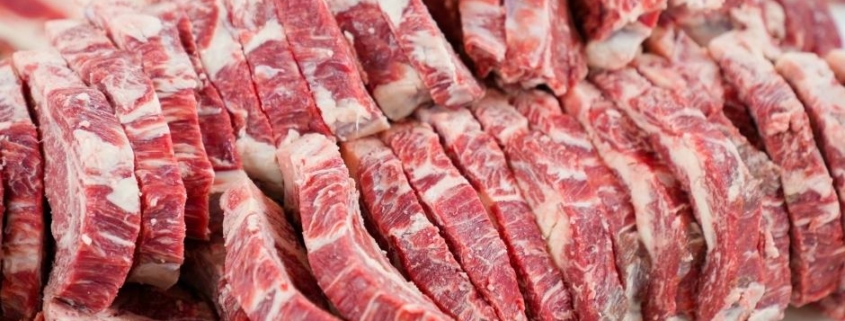How to buy and store meat
Meat isn’t chosen solely based on the cut; there are other important characteristics to consider, such as the specific section of each cut and what you intend to use it for. Depending on the area of the animal, some cuts have more or less fat, making them more or less tender.
The most prized cuts come from areas where the animal does less physical activity (like the loin and tenderloin). These cuts don’t serve a muscular function, so they are more tender and contain less fat. In contrast, the shank is tougher because it’s where the animal exerts the most.
Aside from differentiating between cuts, it’s important to note that even within the same cut, different parts can vary in texture. For example, the front of the tenderloin isn’t the same as the back, and the front and rear sections of the shank are also different. Depending on the specific part chosen, the meat may be tougher or more tender, even though it’s the same cut.
For instance, the front shank is more gelatinous and, when cooked, becomes juicier than the rear. This doesn’t mean the front is better than the back; it all depends on what you’re looking for. Knowing which type of meat is best suited for your dish is essential.
Here are a few examples of the best cuts for different cooking methods:
- For stews: Unlike grilling, stews require meat with connective tissue, which turns into gelatin, making the stew more tender. Good cuts for stews include shank, ossobuco, ragout, and shoulder.
- For breaded dishes: Tougher cuts are usually used for breading, but if you use tender cuts meant for grilling, the result will be more tender. Common cuts for breading (such as for escalope) include rump, top round, or silverside, which are clean cuts without connective tissue.
- For grilling: Common cuts include hip, rump cap, or shoulder.
- For hamburgers: Shank, cheek, or chuck are ideal. The closer the cut is to the loin, the better. Meat from near the neck (rib cap) is drier and tougher. To make juicy burgers, the recommended ratio is 33% leg, 33% front cuts, and 33% flank.
- For cachopo: Rump is typically used.
- For ground meat: The butcher should have a refrigerated grinder, and the meat should contain some fat to ensure juiciness. The best cuts for ground meat include chuck or rib cap, but you can also mix shoulder with other parts.
Once you’ve chosen the right cut and section for your dish, it’s important to know how to store the meat properly at home to preserve its quality and texture. Keep in mind that once a steak is cut, it begins to oxidize, so meat typically lasts about five days in the refrigerator.
We recommend buying freshly cut meat and consuming it the same day or freezing it in individual portions. Be sure to thaw it properly. Rapid thawing can break down the muscle fibers, turning them into water. It’s best to thaw meat slowly in the fridge to preserve its quality.



